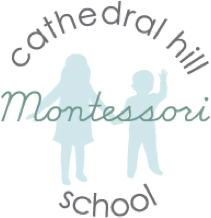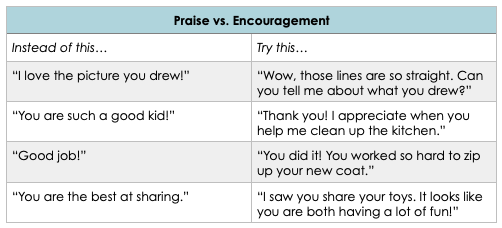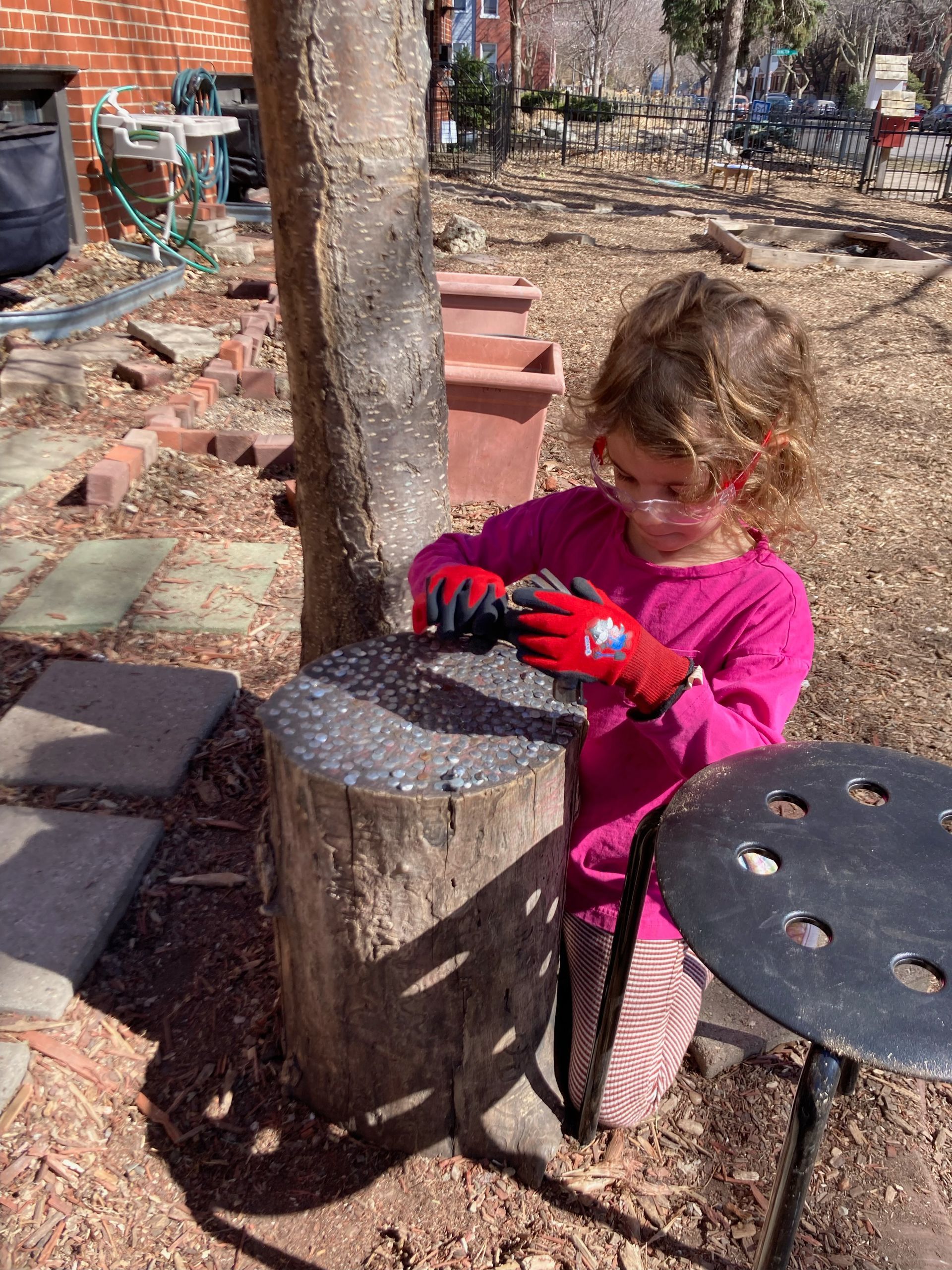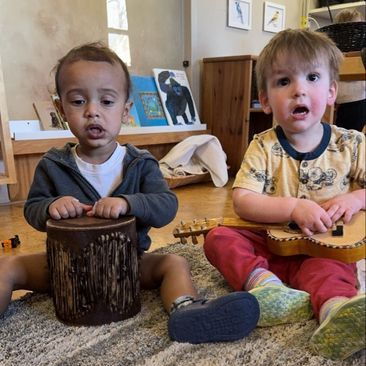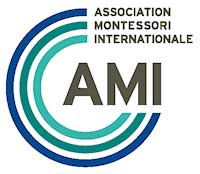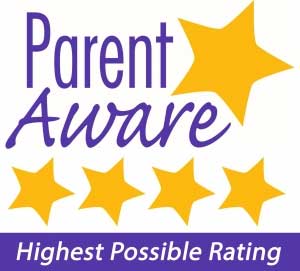Inclusivity in the Classroom
When I became the guide of Children’s House Two, we made the conscious decision create a space supportive of all learning styles and differences. This took (and continues to take) a lot of work—personal self work as well as spending what felt like weeks talking over every aspect of the environment and how it could support or hinder the unique needs of the children at the time.
Inclusivity and ABAR (Anti Bias Anti Racist) work was not something talked about in the Montessori training. There was no conversation about supporting an IEP (Individualized Education Plan) in the Montessori environment or watching for signs of dyslexia. In my first year as the guide I spent about 7 months meeting with an inclusion coach from the CICC (Center for Inclusive Child Care) weekly. This process revolutionized how I viewed the classroom and Montessori education. My coach celebrated the wins, acknowledged the hard moments, and constantly offered up ideas. I tried nearly every suggestion. Some ideas were short lived, while others have found a permanent spot in the environment. In addition to our amazing coach we as a staff have taken courses, signed up for PD opportunities specific to the needs in the environment, continued our work with Amazeworks, and read every Montessori inclusion book we can get our hands on. I consume podcasts, follow other inclusive Montessorians on social media, and seek out community who believe in this mission the way I do.
The last aspect of this work I want to touch on is the importance of caregiver collaboration. We spend so much time with the children in this community, but caregivers are the experts of their children. When we as educators start conversations with families based on our observations of their child, it can be an emotional process. The collaboration between guide and family is crucial. It can be hard to be vulnerable, but being honest and collaborative allows for children to receive the help they need to thrive. The process of being evaluated or seeking additional outside help has previously been associated with negative feelings, often due to the concerns of children being labeled or judged based on diagnoses. I can say confidently that nobody at CHMS views any child differently based on their needs. It is our role to meet their needs, which are always changing. We create goals that play to their strengths and identify how we can help support areas that need strengthening. We use these collaborations as opportunities for us to prepare ourselves and the environment to best support our community members.
Molly
You might also like
PROGRAMS
Privacy Policy | Accessibility
Cathedral Hill Montessori School
Cathedral Hill Montessori School
